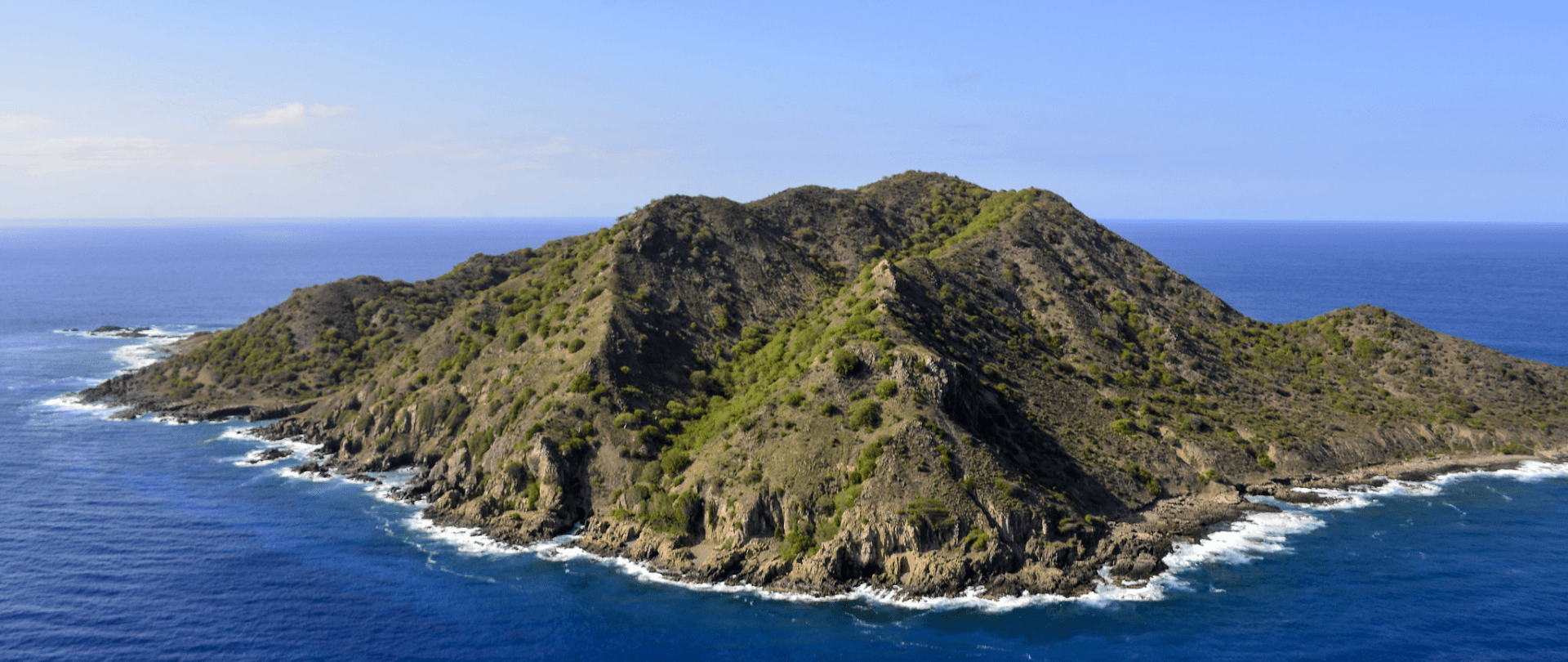April 9, 2025
Firman acuerdo para proteger al pingüino de Humboldt en isla Cachagua
La Municipalidad de Zapallar firmó un convenio con Island Conservation para proteger al pingüino de Humboldt y la biodiversidad de la Isla Cachagua.
We use cookies to help you navigate efficiently and perform certain functions. You will find detailed information about all cookies under each consent category below.
The cookies that are categorized as "Necessary" are stored on your browser as they are essential for enabling the basic functionalities of the site. ...
Necessary cookies are required to enable the basic features of this site, such as providing secure log-in or adjusting your consent preferences. These cookies do not store any personally identifiable data.
Functional cookies help perform certain functionalities like sharing the content of the website on social media platforms, collecting feedback, and other third-party features.
Analytical cookies are used to understand how visitors interact with the website. These cookies help provide information on metrics such as the number of visitors, bounce rate, traffic source, etc.
Performance cookies are used to understand and analyze the key performance indexes of the website which helps in delivering a better user experience for the visitors.
Advertisement cookies are used to provide visitors with customized advertisements based on the pages you visited previously and to analyze the effectiveness of the ad campaigns.
Looking to make an impact this Earth Month? Here’s how.

A new article in the Journal of Caribbean Ornithology, published by scientists from the US Fish and Wildlife Service and Island Conservation’s own Cielo Figuerola-Hernández and José L. Herrera-Giraldo, heralds the success of one of our most exciting restoration projects: Desecheo Island, Puerto Rico.

Once a thriving seabird sanctuary, the island faced a dire challenge as invasive species threatened to erase its rich avian legacy. In 2007, Island Conservation partnered with the US Fish and Wildlife Service and dedicated local partners to restore Desecheo’s natural balance. The project to remove invasive mammals, was declared successful in 2017, clearing the way for seabirds to return and restore the vital nutrient flows that connect land and sea.
But we didn’t just wait for the birds to return or augment the populations on their own. With the invasive threat removed, we turned to innovative social attraction techniques to bring them home. By using decoys, mirrors, and sound systems that played bird calls, we were able to simulate a thriving colony on Desecheo—and the birds couldn’t resist!

Sightings of Audubon’s Shearwaters, cavity-nesters that prefer to roost under dense vegetation, occurred fleetingly on motion-sensing cameras. But in 2023, biosecurity inspectors found a single white egg gently nestled at the base of a social attraction speaker. This egg, and the feathers found nearby, confirmed by the Smithsonian Feather Identification Laboratory as belonging to an Audubon’s Shearwater, marked a historic moment. For the first time, this near-threatened species was recorded to nest on Desecheo Island.

This breakthrough is more than just a scientific achievement; it’s a testament to the power of collaboration, innovation, and unwavering commitment to conservation. It’s a story of how a once-imbalanced island is being transformed into a sanctuary where seabirds can thrive once again.
Nesting seabirds bring critical nutrients from the sea to the land, enriching the soil and the local near-shore environments—leading to massive boosts in fish biomass and marine health. With recent evidence confirming the effectiveness of conservation in holistically restoring ecosystems, Island Conservation is proud to partner with USFWS and local partners to accelerate recovery and bring missing species home.
Read the article in Caribbean Ornithology here.
About the partners:
Island Conservation envisions a world filled with vibrant biodiversity, resilient oceans, and thriving island communities. The organization is the only international non-profit conservation organization with the mission to restore islands for nature and people worldwide. Island Conservation is committed to holistic island-marine ecosystem restorations that combine efforts to improve community livelihoods and climate resiliency, manage invasive species, and reestablish native animals and plants. The organization’s work spans the globe, with projects in the Pacific, the Caribbean, and North and South America, and it acts as a technical lead and partner organization in an even wider portfolio. By focusing on interventions that produce outsized impacts, Island Conservation has been part of hundreds of successful, holistic island ecosystem recoveries worldwide.
The United States Fish and Wildlife Service is the only agency in the federal government whose primary responsibility is the conservation and management of fish, wildlife, plants and their habitats for the American people.
Effective Environmental Restoration, Inc. is a minority-owned nonprofit organization based in Puerto Rico. EER has a proven track record of successful invasive species eradication and habitat restoration projects in Puerto Rico and the U.S. Virgin Islands.
Funding for this project provided by USFWS, the National Fish and Wildlife Foundation, the David and Lucile Packard Foundation, the National Geographic Society, and Bell Laboratories, Inc.
Check out other journal entries we think you might be interested in.
Notifications